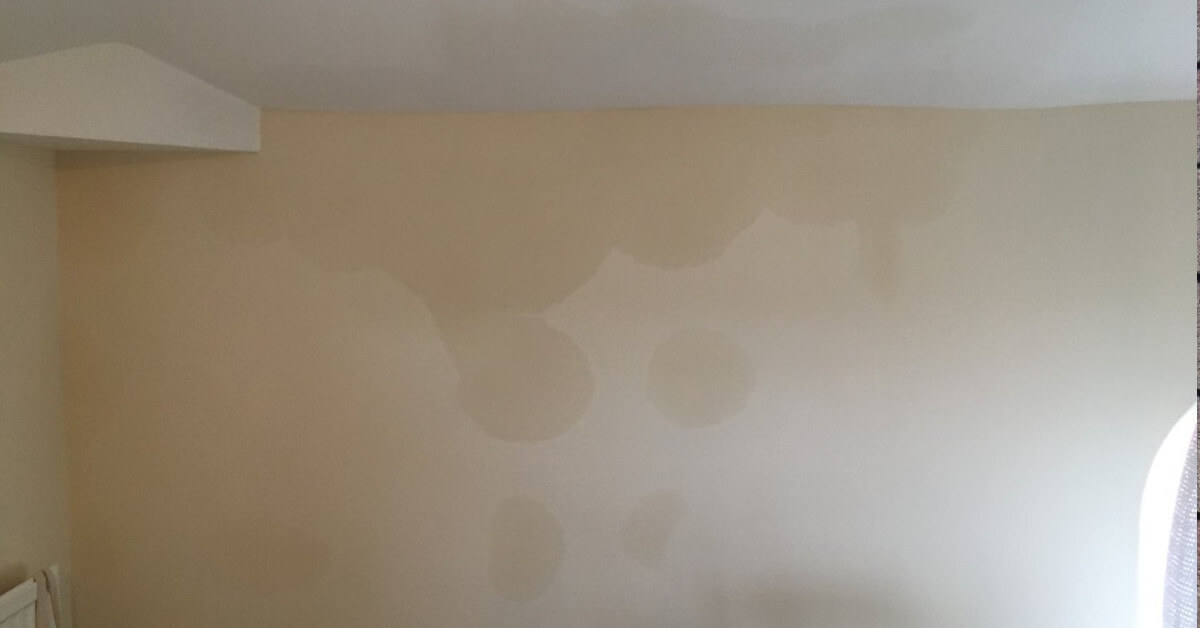In the field of water mitigation, professionals rely on advanced tools and equipment to effectively assess and address water damage. Among these essential tools, moisture meters play a crucial role in accurately measuring the moisture content within structures and materials. This comprehensive guide explores the significance of moisture meters, their various types, and how they contribute to successful water mitigation efforts.

Understanding Moisture Meters
Moisture meters, also known as moisture detectors or dampness testers, are electronic devices used to measure the moisture content in different materials. They are commonly employed in water mitigation, construction, woodworking, and other industries where moisture control is vital.
These meters utilize different measurement techniques, such as resistance, capacitance, or infrared technology, to determine the amount of moisture present in a material. By providing precise readings, moisture meters assist professionals in identifying moisture-related problems, assessing the severity of water damage, and making informed decisions on appropriate remediation strategies.
Types of Moisture Meters
There are several types of moisture meters available in the market, each designed to suit specific applications and material types. Understanding the variations can help professionals choose the right tool for their water mitigation needs. Here are the most common types of moisture meters:
1. Pin-Type Moisture Meters
Pin-type moisture meters are widely used in the water mitigation industry due to their accuracy and versatility. These meters consist of two pins that are inserted into the material being tested. The electrical resistance between the pins determines the moisture content.
Pin-type moisture meters are ideal for assessing moisture levels in wood, drywall, and other building materials. They provide instant readings, making them highly efficient for on-site inspections and damage assessment.
2. Pinless Moisture Meters
Pinless moisture meters, also known as non-invasive or non-destructive moisture meters, are valuable tools for assessing moisture content without causing damage to the material being tested. These meters employ electromagnetic wave technology to penetrate the material and measure moisture levels.
Pinless moisture meters are particularly useful for assessing moisture in larger areas and surfaces, such as floors, ceilings, and walls. They are quick, convenient, and minimize the need for intrusive testing.
3. All-in-One Moisture Meters
All-in-one moisture meters offer the advantages of both pin-type and pinless moisture meters. They feature interchangeable sensors, allowing professionals to choose between pin or pinless measurement modes based on the material and testing requirements.
These versatile meters are beneficial for water mitigation experts who often deal with diverse materials and need flexibility in their moisture testing approach.
4. Other Types of Moisture Meters
Apart from pin-type, pinless, and all-in-one moisture meters, there are specialized moisture meters available for specific applications. These include:
-
Concrete moisture meters: Designed specifically for assessing moisture levels in concrete, these meters help professionals determine if concrete is dry enough for further construction or flooring installation.
-
Grain moisture meters: Primarily used in agriculture, these meters aid in measuring moisture content in grains to ensure proper storage conditions and prevent spoilage.
Importance of Moisture Meters in Water Mitigation
Moisture meters play a pivotal role in water mitigation processes by providing accurate and reliable information. Here's why they are essential for successful water damage restoration:
1. Identifying Moisture Sources
Moisture meters enable professionals to identify the source of moisture intrusion accurately. By pinpointing areas with elevated moisture levels, such as hidden leaks or high humidity zones, mitigation experts can address the root cause of the water damage effectively.
2. Assessing Extent of Damage
Accurate moisture measurements help professionals assess the extent of water damage within a structure. This information guides them in determining the areas requiring immediate attention and prioritizing restoration efforts.
3. Monitoring Drying Progress
During the drying process, moisture meters are indispensable tools for monitoring the progress of moisture reduction. By regularly measuring the moisture content, professionals can track the effectiveness of their drying strategies, make necessary adjustments, and ensure a thorough and efficient drying process.
4. Preventing Secondary Damage
Timely and precise moisture measurements assist in preventing secondary damage caused by excessive moisture, such as mold growth, structural deterioration, or rot. By identifying and mitigating moisture-related risks early on, professionals can safeguard the integrity of the structure and minimize potential long-term consequences.
Conclusion
Moisture meters are indispensable equipment in water mitigation efforts. With their ability to accurately measure moisture content, these devices empower professionals to identify moisture sources, assess damage, monitor drying progress, and prevent further harm. By utilizing the right type of moisture meter based on the material and application, water mitigation experts can optimize their restoration processes and deliver exceptional results.